Royals v the Press: Legal action over the years
Meghan is suing over the publication of a letter she wrote to her father.
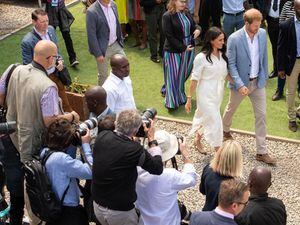
The royals’ relationship with the press has been a notoriously controversial one over the years – sometimes ending up in court.
The Duke of Sussex grew up fully aware of the impact of the intense media intrusion on the daily life of his mother Diana, Princess of Wales.
He was only 12 when she was killed in a crash after her car, driven at speed by a drunk chauffeur, was chased through the streets of Paris by the paparazzi.
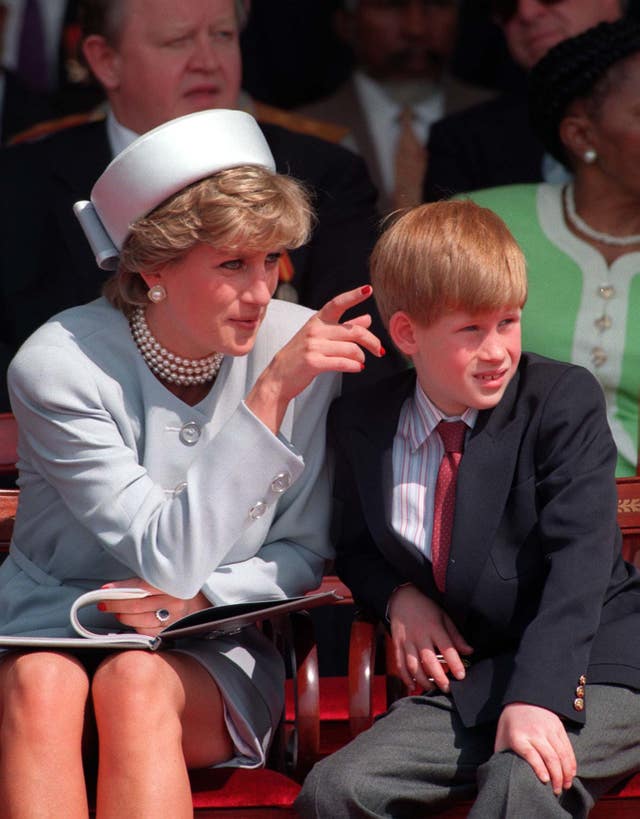
Soon after he began dating American actress Meghan Markle, Harry attacked the media over its “abuse and harassment” of his girlfriend, with Kensington Palace warning on his behalf: “This is not a game – it is her life.”
In 2012, Harry’s brother and sister-in-law the Duke and Duchess of Cambridge launched legal proceedings against French magazine Closer to stop it re-printing topless photographs of Kate taken while the couple were on holiday.
The publication of the images prompted a fierce reaction at the time, with a statement issued by St James’s Palace stating they were “reminiscent of the worst excesses of the press and paparazzi during the life of Diana, Princess of Wales”.
A court in Paris banned Closer, which is separate from the UK’s Closer magazine, from printing any further images.
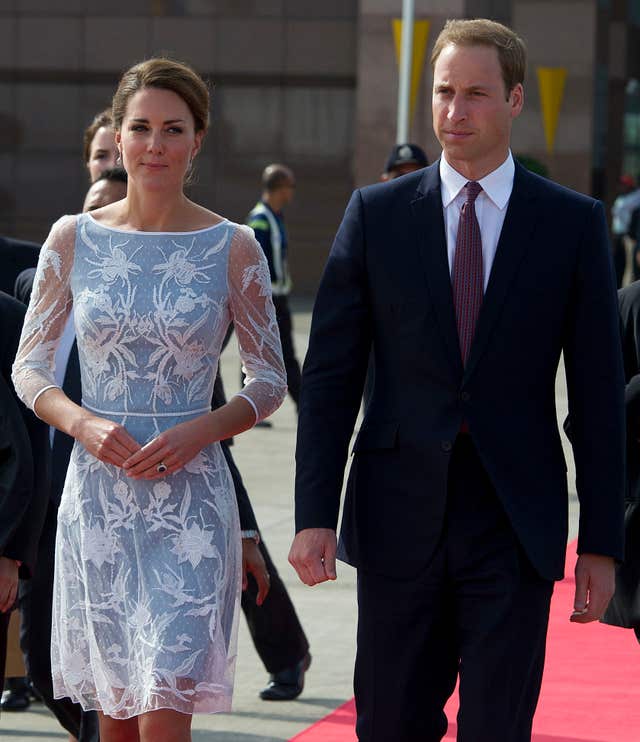
After a trial in 2017, six people were convicted of charges relating to the taking and publication of the images, and the duke and duchess were awarded more than 100,000 euros in damages for breach of privacy.
Meghan, now the Duchess of Sussex, is not the first member of the royal family to take legal action over breach of copyright.
She is suing the Mail on Sunday and its parent company Associated Newspapers for alleged misuse of private information, infringement of copyright and breach of the Data Protection Act 2018 after allegations the newspaper unlawfully published a letter she wrote to her father.
A spokesman for the newspaper said they stand by their story and will defend the case vigorously.
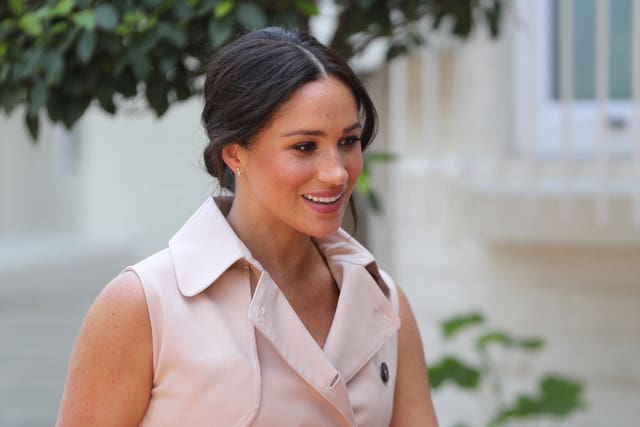
In 2005, the Prince of Wales took legal action against Associated Newspapers over breach of his confidentiality and copyright following the publication of details from one of his private journals.
The duchess’s case was announced alongside a lengthy, highly personal and scathing statement from Harry attacking the British tabloid press.
But confirmation of Charles’s legal action at the time was followed only by a brief, factual statement from the future king’s then private secretary setting out the case.
Charles took the decision reluctantly after extracts from his journal appeared in the Mail on Sunday.
His account of the 1997 handover of Hong Kong to the Chinese – entitled The Handover of Hong Kong or The Great Chinese Takeaway – stretched to 3,000 words and included one comment branding Chinese diplomats “appalling old waxworks”.
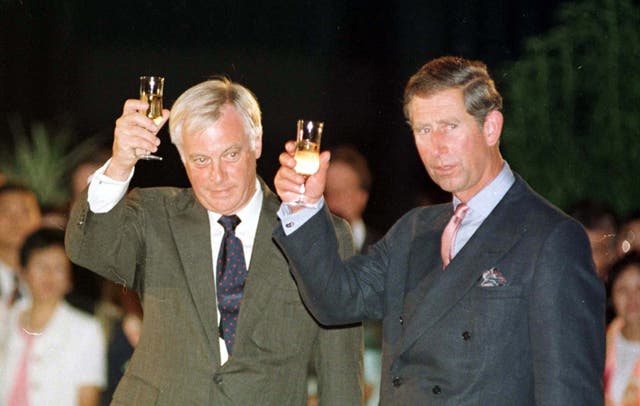
In a High Court ruling, it was found that the newspaper breached the prince’s copyright and confidentiality in publishing extracts.
Charles did not give evidence, but had to endure worldwide publicity when a witness statement by his former aide, Mark Bolland, stated that the prince saw himself as a “dissident” working against current political opinion.
He was awarded 80% of his legal costs, and damages, which would have been given to charity, were assessed.
Queen Victoria’s consort Prince Albert also fought his own copyright battle in the courts.
He took exception to a printer who published copies of drawings he and Victoria had made of their children as part of a Christmas game.
Prince Albert was not amused and sued for breach of copyright and privacy.
The incident which sparked the Prince Albert v Strange case in 1849 was described by the judge as an exercise of “sordid prying into the privacy and domestic life of the Queen”.
Mr Strange had printed a catalogue of the royal etchings for a proposed exhibition.
But Prince Albert successfully obtained an injunction.
It still remains rare for the royals to become embroiled in legal action, but others have taken the unusual step.
In 1995, Charles obtained an injunction after his former Highgrove housekeeper Wendy Barry brought out a book about his life with Diana, Princess of Wales.
The Housekeeper’s Diary: Charles And Diana Before The Break-up was published in America.
St James’s Palace obtained an injunction that entitled Charles to all profits and in effect banned Mrs Berry from living in Britain by threatening her with jail for contempt of court.
Concerns over royal privacy involving the Queen started as early as 1950 when her former nanny, Marion “Crawfie” Crawford, published the memoirs of her time with Princesses Elizabeth and Margaret.
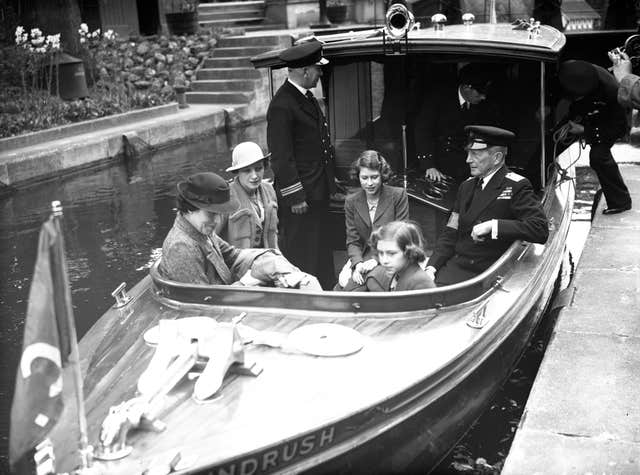
Crawfie was shunned from royal circles and the incident meant confidentiality clauses were introduced into contracts for palace workers.
In 1983, the Queen took legal action over a story provided to The Sun by a former valet allegedly about the private lives of the Duke of York and his then girlfriend actress Koo Stark.
The palace obtained an injunction, The Sun made an out-of-court settlement of £4,000.
In 1988, The Sun’s publication of a private family photograph taken at Balmoral led to the palace taking action over breach of copyright.
The newspaper settled out of court for £100,000.
In 1997, the same newspaper ended up paying a fee to charity after it published a private letter from the Duke of Edinburgh to the commandant-general of the Royal Marines about Prince Edward quitting commando training.
When Patrick Jephson, Diana’s former private secretary, wrote a book about the princess, he avoided legal action.
It was discovered he had worked seven years for Diana without signing a secrecy clause.
In 1993, the Queen began legal proceedings against The Sun over its publication of the full text of the annual Christmas broadcast two days before its transmission.
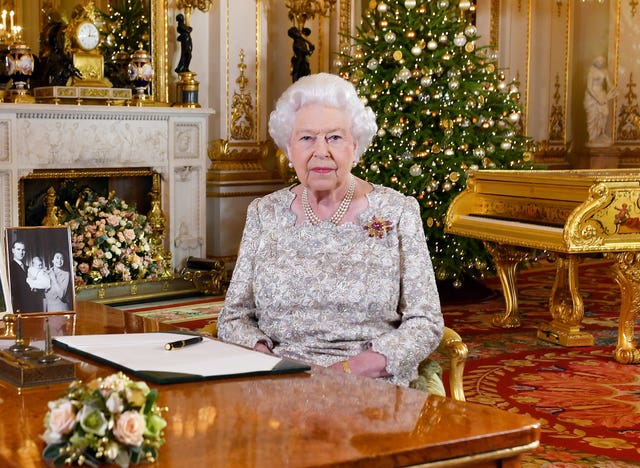
The palace declared it was a breach of her copyright.
The matter was settled when the paper published a front-page apology to the Queen and offered to donate £200,000 to the Save the Children Fund.
Diana settled out of court over “peeping tom” photographs of her working out in a gym.
In November 2003, the Queen launched a legal bid to prevent the Daily Mirror from publishing further revelations about journalist Ryan Parry’s employment as a footman at Buckingham Palace.
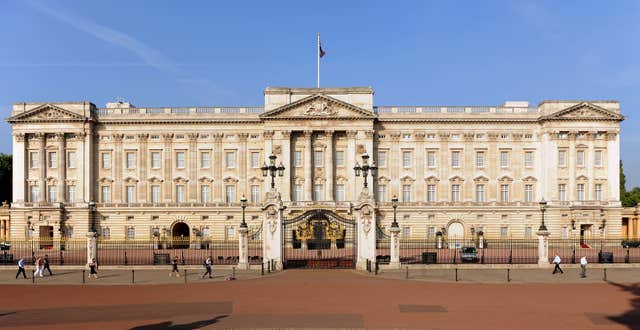
The legal row was settled in the High Court when the newspaper agreed to a permanent injunction banning it from publishing further material.
The Daily Mirror had to contribute £25,000 towards the Queen’s legal costs.
After that security breach and the publication of an autobiography by Paul Burrell, the former butler to Diana, the palace introduced tighter confidentiality contracts to plug loopholes that have made previous agreements difficult to enforce.
George V is the only other monarch to have sued in the past 100 years.
In 1911, he successfully won a libel action against a journalist who had published a story claiming the king, as a young naval officer, had secretly married in Malta and fathered a child.
It was proved false and the writer spent a year in prison.





